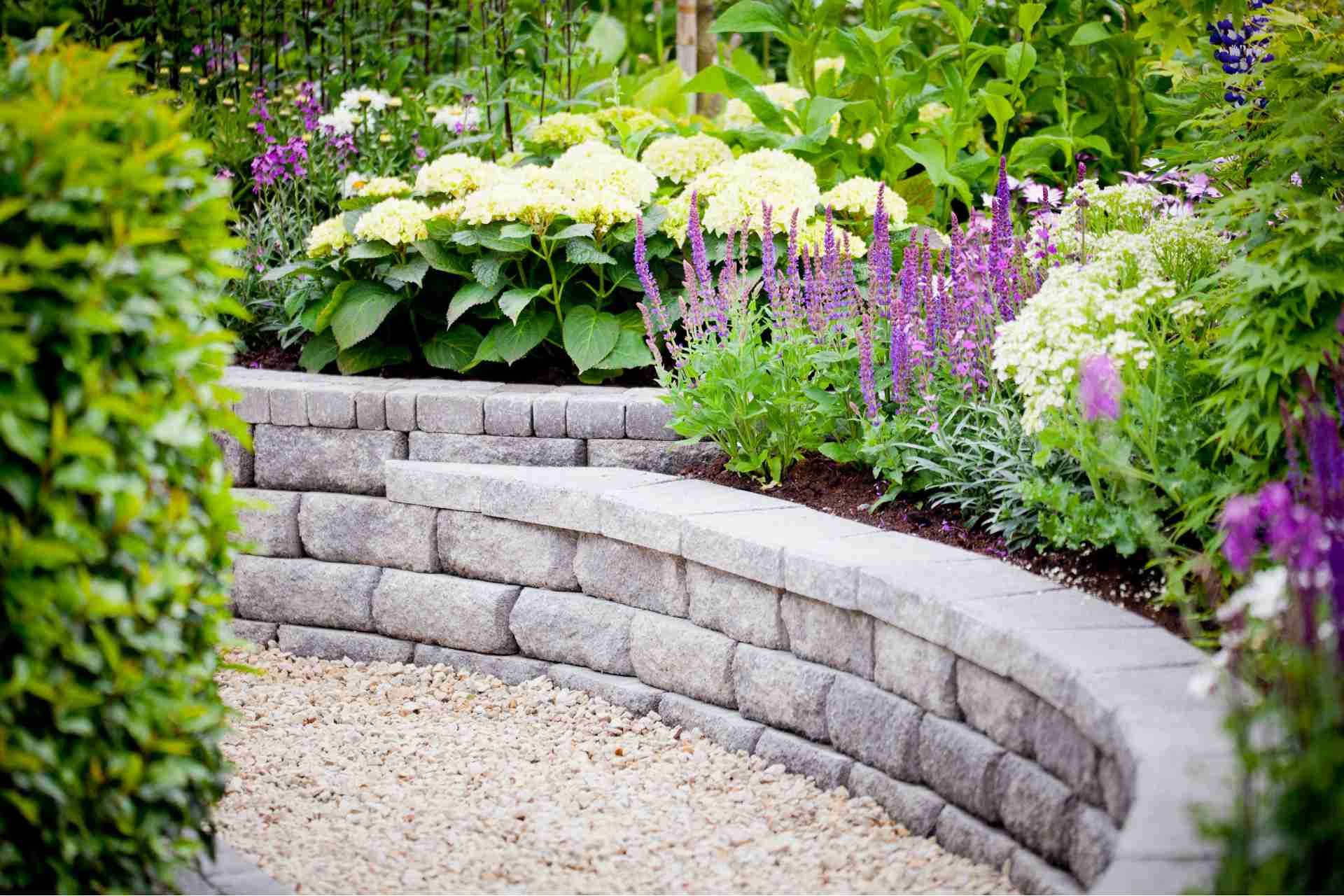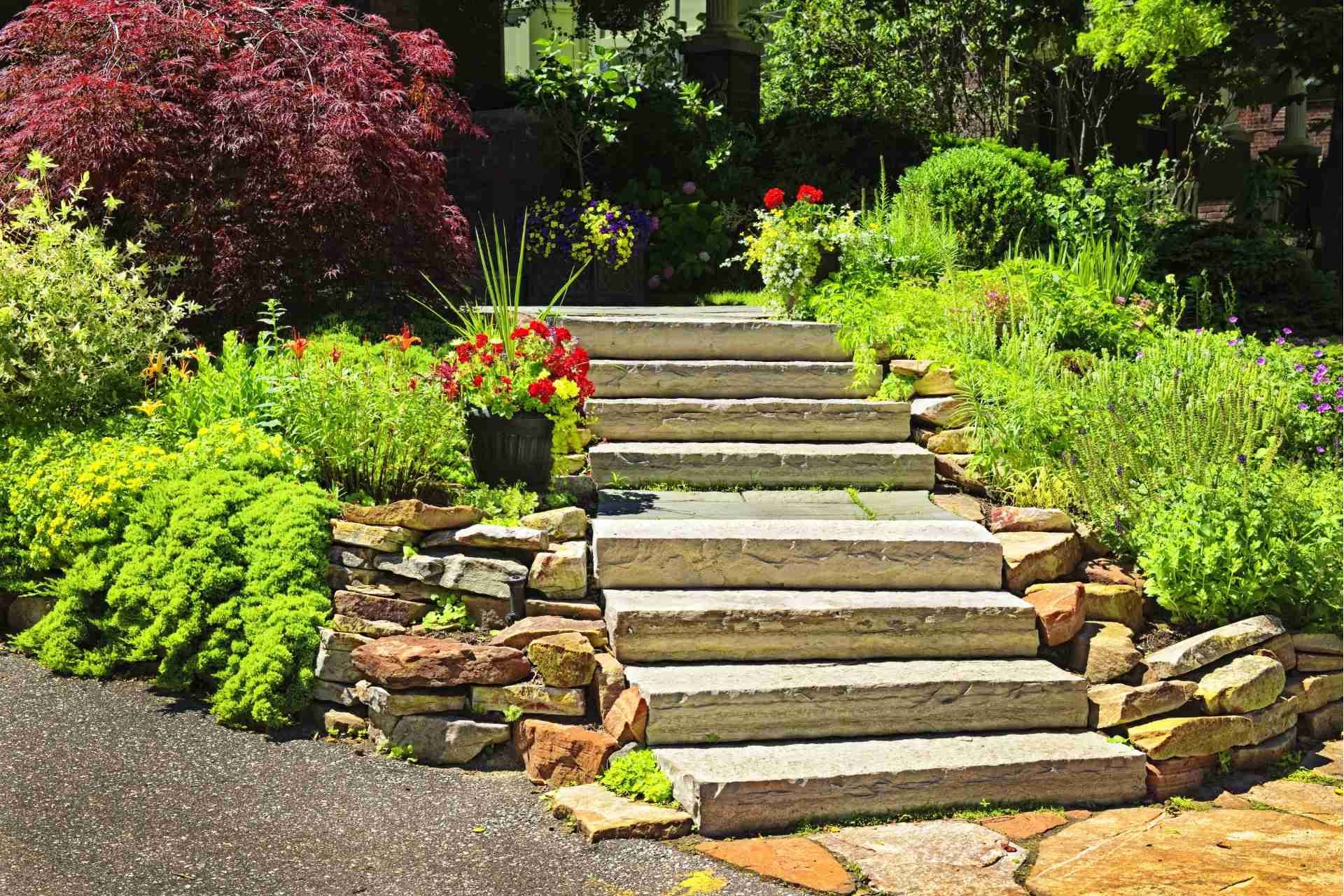Get in touch
Address: 9600 Mytye Road Lake Lotawana, MO 64086
Phone Number:
(816) 600-0365
Email Address:
customerservice@loneoaklawns.com
When Should Landscaping Be Done
When it comes to landscaping, timing is everything. You need to consider seasonal changes to maximize growth and maintain your garden's health. Each season brings unique tasks, from planting in spring to preparing for winter. But how do you know the best time for each activity? Understanding the nuances of your local climate and the specific needs of your plants can make all the difference. Let's explore the ideal landscaping schedule together.
Understanding Seasonal Changes in Landscaping
As you plan your landscaping, it's essential to recognize how seasonal changes can impact your choices. Each season brings unique weather conditions that affect plant growth, soil health, and maintenance needs.
In winter, cold temperatures and frost can limit planting options, while spring offers a fresh start for vibrant blooms. Summer's heat requires more watering and shade considerations, and fall is perfect for preparing your garden for the winter ahead.
Understanding these seasonal shifts helps you select the right plants and materials, ensuring your landscape thrives year-round. By considering factors like temperature, rainfall, and sun exposure, you'll create a resilient and beautiful outdoor space that adapts to nature's rhythm.
Stay ahead of the seasons, and your landscape will flourish.
Spring: The Ideal Time for Planting
Spring is often considered the ideal time for planting because the soil begins to warm up, creating perfect conditions for seed germination and root establishment.
As you prepare your garden, take advantage of the moisture from melting snow and spring rains. This natural hydration helps your plants thrive.
It's also a great time to assess your landscape design, ensuring you select the right plants for your climate and soil type.
Consider starting with hardy vegetables, annuals, or perennials that can tolerate cooler temperatures.
By planting now, you're giving your garden a head start, allowing roots to establish before the heat of summer sets in.
Summer: Maintenance and Upkeep
While summer brings warmth and vibrant growth, it also requires diligent maintenance to keep your landscape thriving.
You need to prioritize watering, especially during dry spells. Deep watering encourages strong root systems, so aim for early mornings or late evenings to minimize evaporation.
Regularly check for pests and diseases, as summer heat can attract unwanted critters. Prune plants to promote airflow and prevent overcrowding, ensuring they receive adequate sunlight.
Don't forget to mulch; it helps retain moisture and suppress weeds. Fertilizing your plants is also essential during this time, as they're in their peak growth phase.
Lastly, remember to mow your lawn regularly, adjusting the blade height to encourage healthy grass growth. Keeping up with these tasks will ensure your landscape flourishes.
Fall: Preparing for Winter and Planting Bulbs
Fall is a crucial time for landscaping, as it involves preparing your garden for winter and planting bulbs for a vibrant spring.
Start by trimming back perennials and removing any dead plants to keep pests at bay. You'll want to rake leaves and clear debris to prevent mold growth.
Next, enrich your soil with compost or mulch to protect it from freezing temperatures. This nourishment will set the foundation for spring growth.
Don't forget to plant bulbs like tulips and daffodils; doing this in the fall ensures they bloom beautifully when warmer weather returns.
Water them well after planting, and you'll be rewarded with bursts of color when spring arrives, making your garden a delight to behold.
Winter: Planning and Design for Next Year
As winter settles in and your garden lies dormant, it's the perfect opportunity to plan and design for next year.
Take this time to reflect on what worked and what didn't during the past growing season. Grab a notebook and jot down ideas for new plantings, layout changes, or enhancements to existing features.
Research plants that thrive in your climate, considering color, texture, and bloom time to create visual interest. You can also sketch out garden beds, pathways, or even a cozy seating area to enjoy your outdoor space.
Don't forget to consider the practical aspects, like irrigation and maintenance. By the time spring arrives, you'll be ready to bring your vision to life and enjoy a vibrant, well-planned garden.
Choosing the Right Time for Hardscaping
Timing is crucial when it comes to hardscaping your garden. Ideally, spring or early fall is the best time to start your hardscaping projects. During these seasons, the weather is usually mild, making it easier for you and any hired professionals to work.
Soil is also more forgiving, allowing for better installation of patios, walkways, or retaining walls.
Avoid tackling hardscaping during extreme heat or cold, as these conditions can affect the materials you use. Rainy seasons can also lead to muddy sites, complicating your project.
Recognizing the Best Conditions for Planting
With your hardscaping projects in place, it's time to focus on recognizing the best conditions for planting.
Start by checking the soil temperature; most plants thrive in soil that's between 60 and 70 degrees Fahrenheit.
Test the moisture levels too—plants need well-drained soil, so avoid planting after heavy rains.
Consider the sunlight; observe how many hours your chosen area receives daily, as some plants prefer full sun while others thrive in shade.
Also, pay attention to wind patterns; sheltered spots can protect delicate seedlings.
Lastly, check for frost dates in your area to ensure you plant after the last frost in spring or before the first frost in fall.
These conditions will help your plants flourish beautifully.
The Impact of Local Climate on Landscaping Timing
Understanding how local climate influences landscaping timing is crucial for successful plant growth. Each region has its own unique climate characteristics, affecting when you should plant and maintain your landscape.
If you live in a colder area, wait until the frost has passed before planting tender species. In warmer climates, planting during the cooler months can help prevent stress on your plants.
Rainfall patterns also matter; too much or too little can impact your landscaping schedule. Monitoring local weather forecasts can help you decide the best time to work in your garden.
Tips for Successful Year-Round Landscaping
Aligning your landscaping efforts with local climate patterns sets the stage for a successful year-round garden. Start by selecting plants that thrive in your region's conditions; native species often require less maintenance.
Plan your planting schedule around seasonal changes—spring's perfect for planting, while fall is ideal for mulching and preparing for winter.
Water wisely; early mornings are best to minimize evaporation. Regularly assess your garden's health, trimming dead branches and weeding to keep it vibrant.
Consider soil quality; testing it can help you amend it as needed. Finally, incorporate hardscaping elements like paths and patios to enhance functionality and aesthetics.
With these tips, you'll enjoy a thriving landscape no matter the season.
Conclusion
To achieve a thriving landscape, it's crucial to align your gardening efforts with the seasons. Embrace spring for planting, focus on maintenance in summer, prepare for winter in fall, and use winter for planning your next steps. Keep in mind the local climate and conditions when making decisions about hardscaping and planting. By staying attentive to these seasonal changes, you'll cultivate a vibrant and healthy outdoor space year-round. Happy landscaping!
Request Appointment
Address: 9600 Mytye Road Lake Lotawana, MO 64086
Phone Number:
(816) 600-0365
Email:
customerservice@loneoaklawns.com
Address: 9600 Mytye Road Lake Lotawana, MO 64086
Phone Number:
(816) 600-0365
Email:
customerservice@loneoaklawns.com
All Rights Reserved | Lone Oak Lawns LLC








